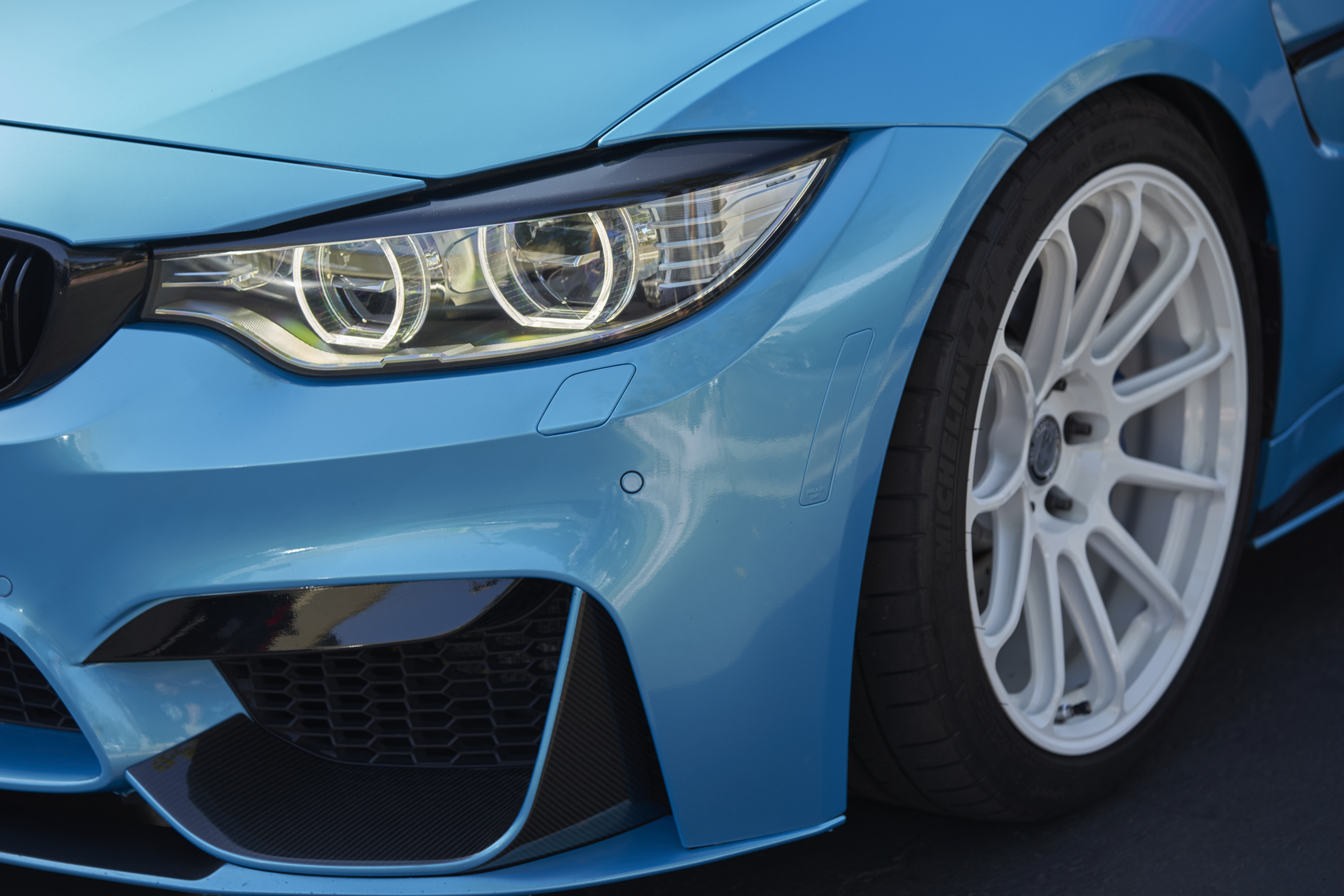
Did you know the global injection molded plastics market was valued at 265.1 billion for the year 2020 with expectations to expand in the next eight years? Plastic components are a necessity in many industries such as healthcare and home appliances. Yet, plastic injection molding has had perhaps the greatest impact on the auto industry.
Car manufacturers and auto part suppliers alike are hustling to get their hands on injection-molded plastics due to the many benefits.
So, read on to learn the greatest impacts plastic injection molding has had on the automotive industry.
Plastics Make for Lightweight, Lasting Cars
Auto industry regulations and consumer demands over time have come to emphasize fuel efficiency. Consumers are looking to get the most out of their vehicles and save money on fuel costs. That means reducing the weight of automobiles and using long-lasting materials.
The first plastic bumper used on a mass-produced vehicle (the Renault Model 5) hit the scene in 1972. With this breakthrough, the automobile industry realized how much lighter a vehicle could be when using plastics. Plastics also don’t corrode or rust, eliminating previous quality issues with metals. Besides, plastics can withstand extreme weather conditions and road hazards.
With plastics, the auto industry could create a durable, lasting product.
Parts Made From Plastic Injection Molding
After the development of the plastic bumper, the floodgates opened to the endless possibilities of plastic injection molding. Below is a non-exhaustive list of parts of a car made today by plastic injection molding:
- door handles
- air vents
- hoods
- glove compartments
- doors
- cupholder inserts
- mirrors
OEMs are looking for the most cost-effective and customizable way to manufacture these important parts time and again. That’s where plastic injection molding comes in.
Plastics Mean Productivity and Creativity
Beyond their durability and quality, plastics have lowered production costs in the automobile industry. Plastic injection molds make for easily replicated designs and consistency in production. They limit human error and make mass production possible.
Many different kinds of plastics are suitable for the injection molding process such as nylon, acrylic, polycarbonate, and more. This gives OEMs a wide variety of plastics to choose from based on their manufacturing needs.
By using plastics, manufacturers can also easily enhance their products through design choices. Imaging techniques such as laser etching and screen printing are compatible with plastics. Plastic resins can take color additives to create the perfect hue. The auto industry has become more creative as a result, now able to please a wide variety of customers with customizable options for their vehicles.
Plastic Injection Molding Is Here to Stay in the Auto Industry
Plastics are vital to the manufacturing process, and plastic injection molding puts OEMs and suppliers on top in the auto industry. So why not use plastic injection molding to improve your manufacturing process?
Automotive plastics executives are trained to develop these products and ensure they are easily replicated from design to engineering to production.
Therefore, for world-class plastic molded component production, contact us at Nova Stevensville to request a quote.
